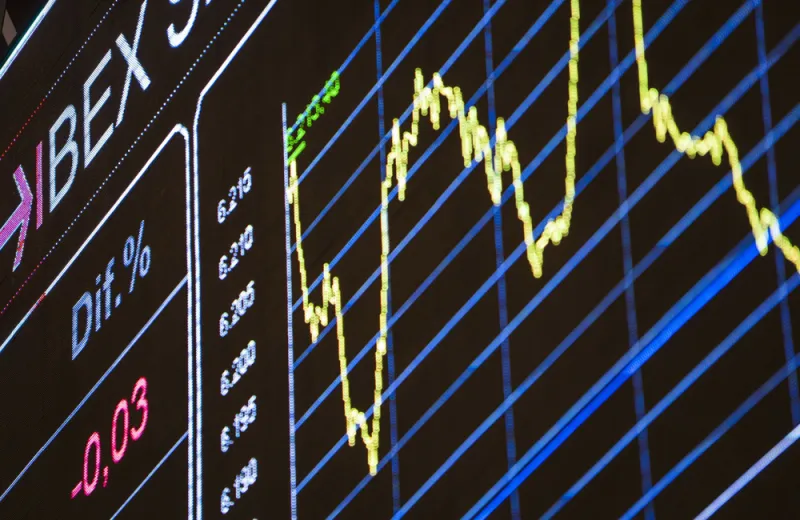While growth equities faced massive selloffs in January amid concerns over rising rates, value stocks delivered another stellar month.
The value rebound comes after years of underperformance when even some stalwart value investors threw in the towel.
In January, value subfactors outperformed the U.S. market by an average of nearly 3 percent, “some of the highest outperformance [we’ve seen] on a monthly basis for factors,” according to the latest factor performance report by Investment Metrics. Meanwhile, only one growth subfactor — dividend growth — slightly beat the market in January.
Subfactors are alternative measurements of broader investing factors such as style (growth vs. value), size (large cap vs. small cap), and risk. Value subfactors, for example, might include book-to-price, earnings yield, and other measurements that help identify underpriced stocks, while growth subfactors can include metrics such as dividends, earnings, and sales.
“Growth typically underperforms in market selloffs,” James Monroe, senior consultant at Investment Metrics, told II. “Value doesn't necessarily outperform the market during highly volatile periods, but value will typically not underperform as harshly as growth.”
According to a recent note from Goldman Sachs, the diverging performance of value and growth stocks has stemmed primarily from the looming threat of rate hikes. Until last year, value and growth factors had been highly correlated, according to Christian Mueller-Glissmann, head of asset allocation research at Goldman Sachs. But recently, according to the note, “investors have been selling growth stocks amid concerns that rising interest rates will put pressure on their equity valuations.”
“Because of the sharp increase in rate volatility and real yields — which are the key discriminating factors between growth and value — the correlation between U.S. value and growth stocks has declined sharply in recent months,” the note added.
John Lynch, chief investment officer at Comerica Wealth Management, said that investor sentiment toward value and growth stocks will likely reverse in a high-rate environment. “In the environment of low interest rates over the past dozen years or so, longer-duration, low-margin, and high-valuation growth stocks have generated strong returns,” Lynch said. “In a rising rate environment, however, investors find opportunity with other investment vehicles that offer higher-yielding returns and a shorter-term profit timeline.”
This value and growth divergence has been consistent across regions. In Europe, all value subfactors outperformed the market by at least 1.4 percentage points in January, while most growth subfactors lagged the benchmark. In emerging markets and Australia, all value subfactors outran the market, whereas growth subfactors showed only mixed results.
Monroe said that factor performance across regions can diverge significantly in the short term, but that they tend to converge on a longer investment horizon. “If we look at time periods like one year or greater, the consistency across regions will be high,” he wrote. “If there is a significant and unexpected event like an energy shock or rate change (something with a big global impact), shorter time periods like January can have very strong rotations and factor signals. In these periods, the magnitude and consistency of factor performance [are] likely high.” He added that inflation and interest rates will determine the value vs. growth battle in the following months.
Mueller-Glissman said that the recent outperformance by value stocks could bring diversification benefits to growth investors. “The recent decorrelation between growth and value has created a large diversification benefit from having exposure to both styles (and non-U.S. regions) in portfolios,” he said in the Goldman note. “[This] is a big change from the last cycle, when it was best to just own U.S. large-cap growth stocks.”







